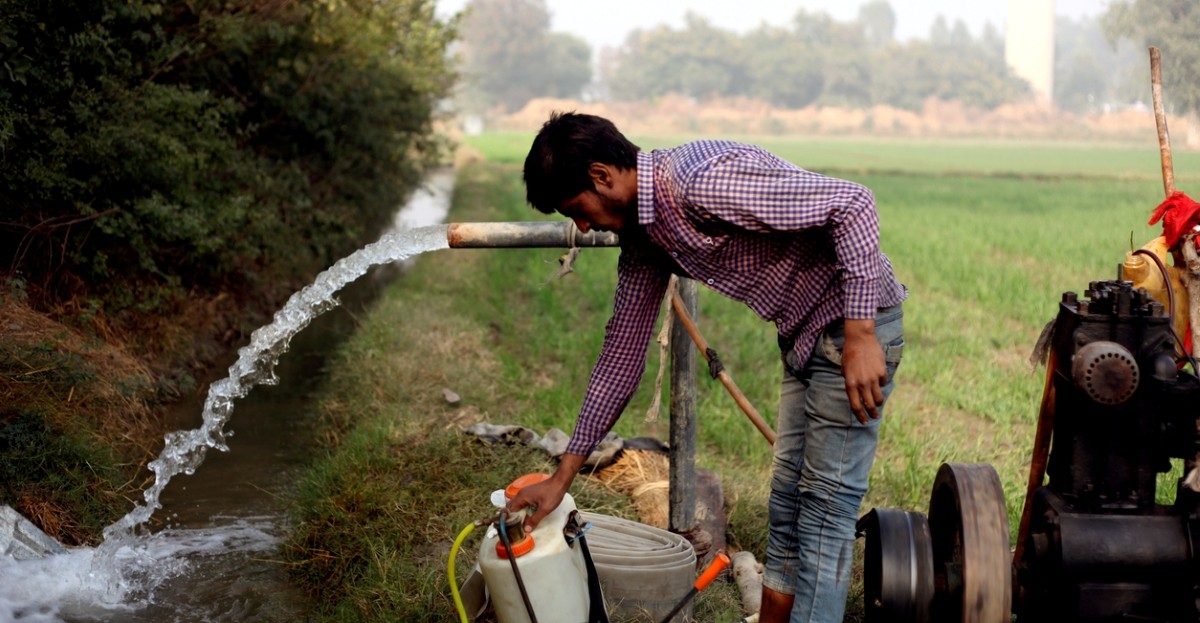3 in 4 groundwater samples in eastern Karnataka contain uranium above safe limits: Study
Uranium exposure can affect kidneys, bones, and the liver, yet contamination often goes undetected.
Synopsis: A Columbia University study found widespread uranium contamination in eastern Karnataka, with 78% of groundwater samples above safe limits—some 75 times higher than U.S. EPA standards. The study reveals that uranium becomes mobile in certain underground conditions, posing health risks. With over 25 million people relying on groundwater, the findings may help guide safer well placement and water treatment efforts.
Researchers at Columbia University’s Mailman School of Public Health in their recent study found widespread Uranium contamination in eastern Karnataka.
The study titled “Isotopic Insights into Redox Processes Driving Uranium Distribution in eastern Karnataka Groundwater”, published in the journal Environmental Science and Technology revealed that 78 percent of tested groundwater samples exceed safe drinking limits for uranium. Some levels are 75 times higher than the US EPA limit. Uranium exposure can affect kidneys, bones, and the liver, yet contamination often goes undetected.
Researchers found that uranium becomes dangerously mobile in certain underground conditions. This discovery could help communities better monitor and manage the health risk. Over 25 million people in the region depend on groundwater for more than 70 percent of their drinking water. The findings may guide where to place wells and how to treat contaminated water at the source.
Also Read: Wastewater surveillance reveals rise of Covid-19 viral loads
The researchers did detailed work to understand how uranium gets into groundwater. They used a method called isotopic analysis, which tracks small changes in atoms to see where uranium comes from and how it moves through underground water in hard rock areas.
“We’re moving beyond simply detecting uranium to understanding its origin, movement, and long-term behaviour. These insights can guide interventions to protect millions of people,” said lead author Arijeet Mitra, PhD, a postdoctoral scientist in the Department of Environmental Health Sciences at Columbia Mailman School.
They found that uranium spreads most in “oxidizing” areas, where underground conditions help it dissolve into water. In contrast, “reducing zones” trap uranium and stop it from entering drinking water.
Further explaining the study, senior author, Anirban Basu, PhD, research scientist in the Department of Environmental Health Sciences, said, “How uranium moves in groundwater depends on how oxidizing the water is. When there is plenty of oxygen, uranium stays dissolved and flows with the water.”
“But when there is no oxygen—like in deeper layers where certain bacteria break down iron oxides—uranium changes into a form that does not dissolve and settles out as a solid,” the author said, adding, “the proportion of uranium isotopes (different forms of the same chemical element) in the water works like a fingerprint. It helps us track where uranium enters and leaves the water and whether it comes from a nearby or far-away source.”
The team worked with experts from the Divecha Centre for Climate Change at IISc Bangalore and IIT Jodhpur.
They used a research framework adapted from Columbia’s Northern Plains Superfund Program. This approach can also help other regions facing natural uranium contamination, including parts of the western and midwestern U.S.
The study highlights the urgent need for stronger, long-term monitoring of uranium levels and environmental changes.
(Edited by Sumavarsha, with inputs from Sumit Jha)
